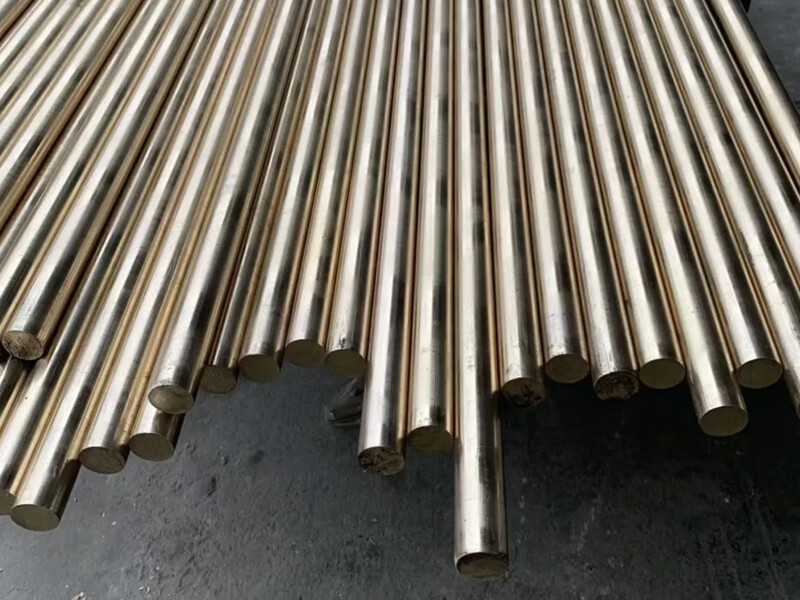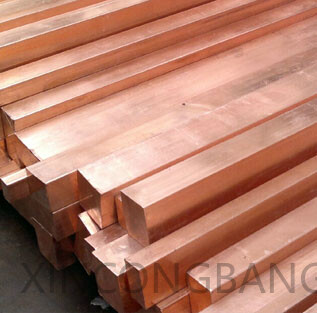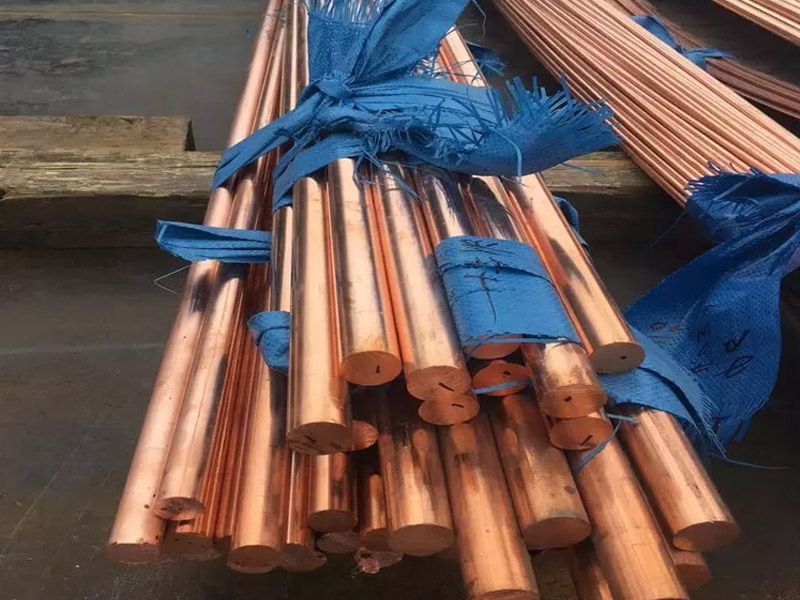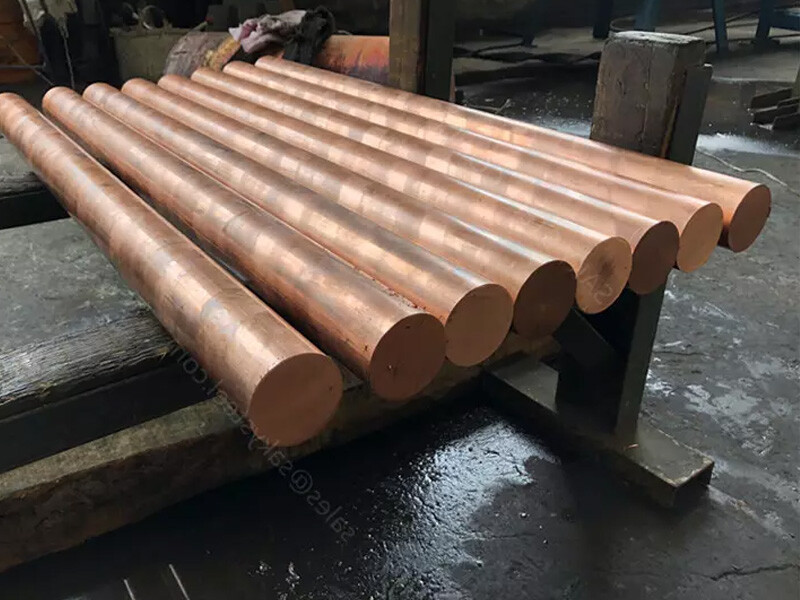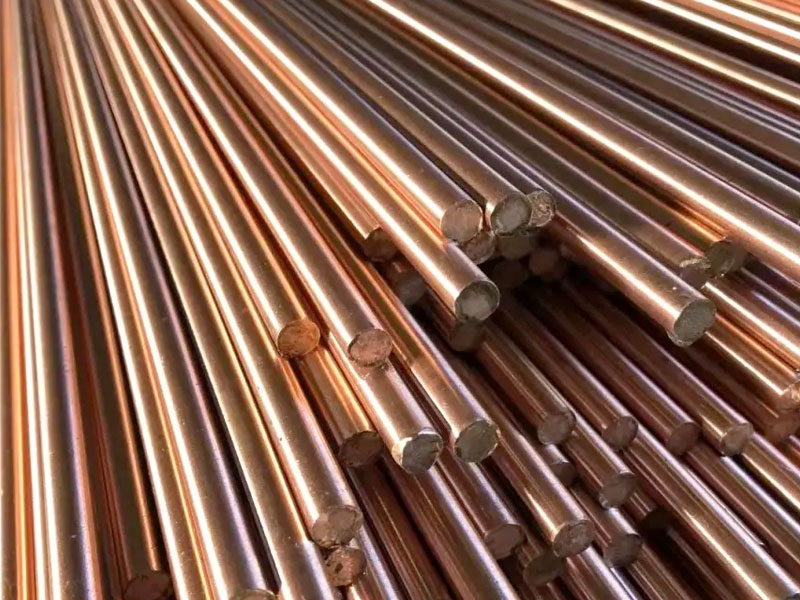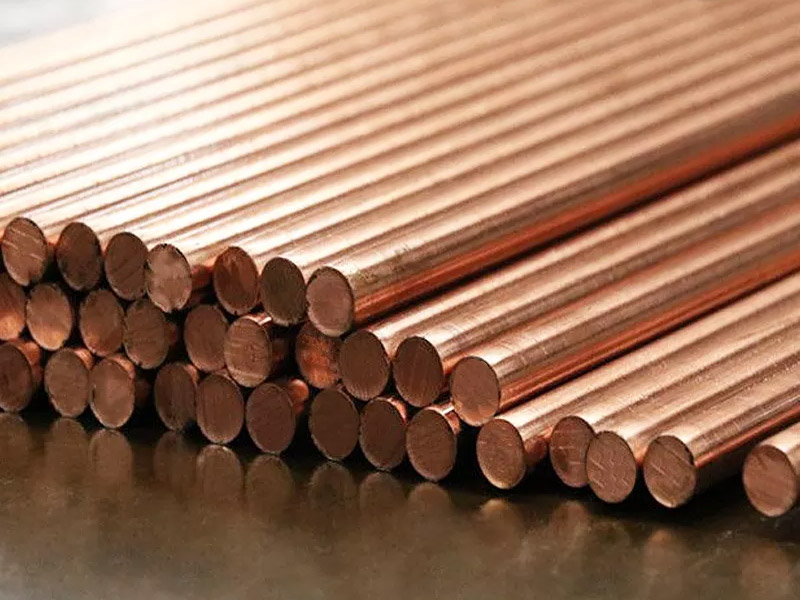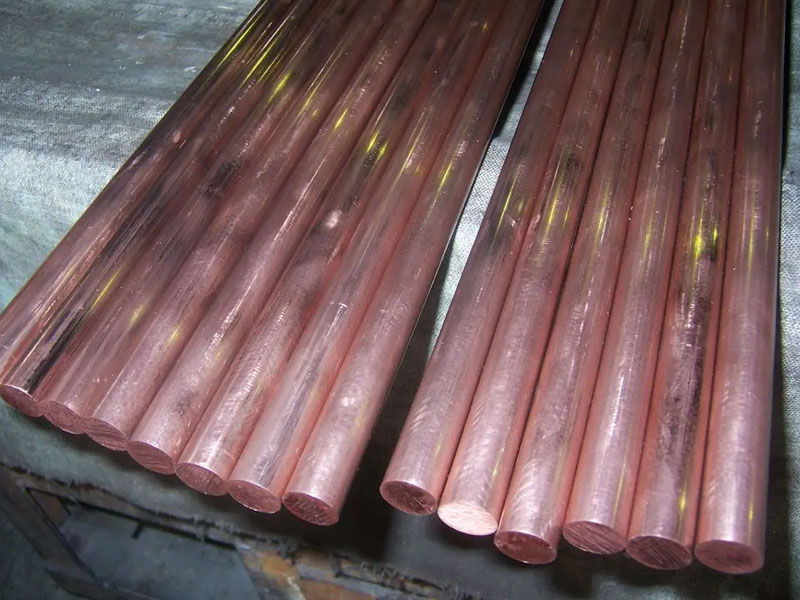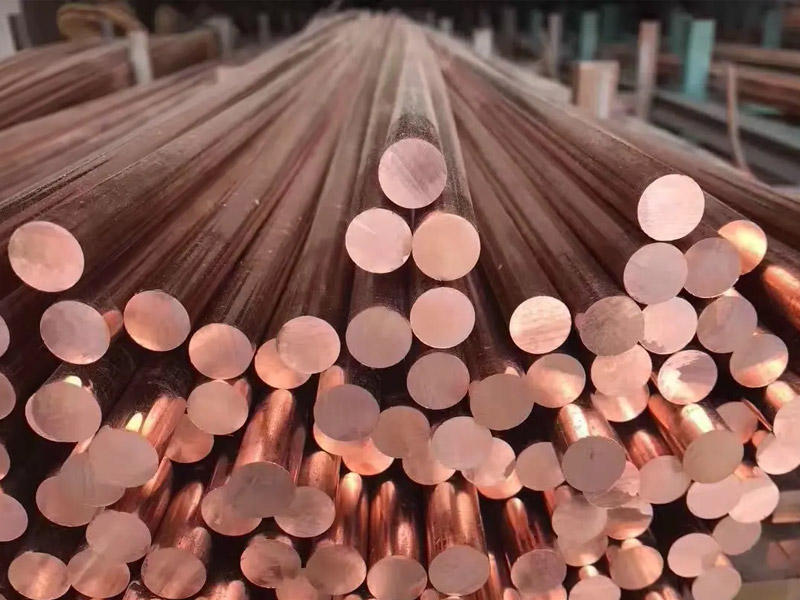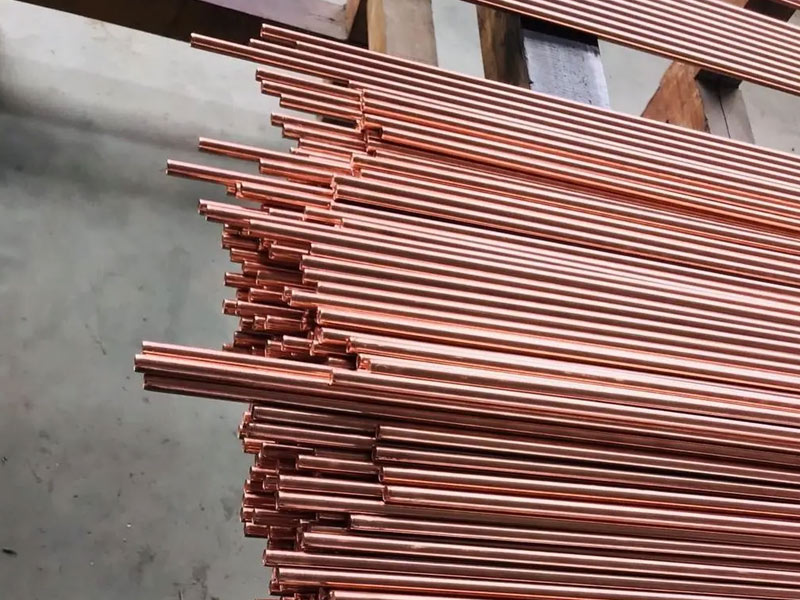C71500 rods are manufactured under international standards with the following dimensional tolerances:
Notes:
- ASTM B151 and MIL-C-15726 cover rod/bar production but do not specify explicit dimensional limits, relying on manufacturer capabilities .
Tolerances for straightness, surface finish, and roundness are defined in EN 13601 and ISO 1634-2 .
Key International Standards
C71500 rods comply with the following standards:
A. ASTM (American Society for Testing and Materials)
- ASTM B151: Standard specification for copper-nickel rod and bar, covering chemical composition and mechanical properties .
- ASTM B171/B171M: Covers rolled copper-nickel alloy plates/sheets for pressure vessels .
- ASTM B466/B466M: Specifies requirements for welded and seamless copper-nickel tubes .
B. ISO (International Organization for Standardization)
- ISO 1634-1: Chemical analysis methods for copper alloys .
- ISO 1634-2: Physical measurement guidelines for copper alloy products .
C. EN (European Norms)
- EN 12449: General requirements for copper and copper alloy rod, bar, and wire .
- EN 13601: Dimensional and property specifications for electrical-grade copper rod/bar .
D. Other Standards
- MIL-C-15726: U.S. military standard for copper-nickel rod/bar in marine hardware .
- DIN 2.0882: German standard equivalent to C71500 .
The primary elements in C71500 are copper (Cu) and nickel (Ni) with trace amounts of iron (Fe), manganese (Mn), and other controlled impurities. The composition varies slightly across standards but generally adheres to the following ranges:
- Copper (Cu): 65.0%–71.0%
- Nickel (Ni): 28.0%–33.0%
- Iron (Fe): ≤1.0% (typically 0.4%–1.0%)
- Manganese (Mn): ≤1.0%
- Impurities: Zinc (Zn), lead (Pb), sulfur (S), phosphorus (P), and carbon (C) are restricted to ≤0.05% each to enhance weldability and corrosion resistance .
Mechanical properties depend on temper (e.g., annealed, cold-worked) and testing conditions. Key parameters include:
- Tensile Strength:
- Range: 372–690 MPa
- Typical values: 440–580 MPa (annealed) , 550 MPa (as-reported) .
- Yield Strength:
- Range: 125–483 MPa
- Typical values: 240–276 MPa (annealed) , up to 415 MPa (cold-worked) .
- Elongation:
- Range: 30%–45%
- Typical value: ~30% (annealed) .
- Hardness:
- Brinell Hardness (HB): ~100 HB
- Vickers Hardness (HV): ~120 HV .
- Other Properties:
- Density: 8.94 g/cm³
- Melting Point: 1170°C–1240°C
- Thermal Conductivity: 29–40 W/m·K
- Electrical Conductivity: 3%–25% IACS (varies with processing) .
C71500 copper rod production process
Raw material ratio and smelting:
Raw materials include copper, zinc ingots, copper bran, etc., which are mixed in proportion and put into a medium frequency electric furnace to heat to about 1100℃ and melt into liquid metal solution. Slag remover needs to be added during the smelting process to remove impurities, and the production efficiency is ensured by continuous feeding and discharging of the electric furnace.
After smelting, it enters the holding furnace to ensure that the temperature of the copper liquid is uniform and prepare for subsequent molding.
Molding process:
Continuous casting or extrusion: The molten copper liquid is formed into a rod billet through a continuous casting process, or a hot extrusion process (such as the traditional process "ingot-hot extrusion-stretching" or short-process continuous extrusion) is used to improve the material density and surface quality. The mainstream domestic method uses extrusion, combined with automation technology to improve product performance.
Pulling and straightening: The formed copper rod needs to be polished to remove surface debris, and the dimensional accuracy is ensured by straightening.
Heat treatment and processing:
Heat treatment is a key step to improve performance. Through annealing and other processes, the microstructure is optimized to enhance strength, hardness and corrosion resistance.
Cold processing (such as cold rolling and stretching) can further increase the tensile strength to more than 1100MPa while maintaining good ductility (elongation after fracture ≥25%).
Quality inspection:
Follow ASTM B350-98 and GB/T 13808-2009 standards, strictly control chemical composition, mechanical properties and corrosion resistance to ensure product stability.
Product advantages of C71500 copper rod
Excellent mechanical properties:
Tensile strength can reach more than 1100MPa, yield strength is about 414MPa, with high ductility (elongation ≥25%) and toughness, suitable for heavy load and high pressure environment.
Excellent corrosion resistance:
Stable in harsh environments such as seawater, acidic solution, high temperature and high humidity, especially suitable for marine engineering, chemical equipment and other fields.
Good processing and welding performance:
Supports hot and cold processing and a variety of heat treatment processes, and can be made into complex shape parts.
Stable welding performance, argon arc welding, plasma welding and other methods can be used, and the welding quality is reliable.
Thermal conductivity and electrical conductivity:
The thermal conductivity reaches 31W/(m·K), which is suitable for high-temperature scenarios such as heat exchangers and radiators; it has good electrical conductivity and can be used in power transmission equipment.
Wide range of application fields:
It covers industries such as aviation, shipping, petrochemicals, electronics, and electricity. Typical uses include pipelines, valves, heat exchangers, cables, etc.
Standardization and quality assurance:
The production strictly follows international (ASTM) and domestic (GB/T) standards, and provides original material certification to ensure long-term reliability.
Q1:Do you provide samples? Is it free or extra?
A1:Yes, we can provide samples free of charge and the customer will pay the freight.
Q2:What if I don't have export experience ?
A2:We have reliable forwarder agent which can ship items to you by sea/air/Express to your doorstep. Any way, we will help you choose the most suitable shipping service.
Q3:How long is your lead time?
A3:If it is in stock, it is usually 5-10 days. Or, if there is no inventory, 15 days, depending on the quantity.
Q4:What are your terms of payment?
A4:30% T/T deposit in advance, 70% T/T balance within 5 days after B/L copy, 100%.Irrevocable L/C at sight, 100% Irrevocable L/C after receive B/L 30-120 days, O/A.
Q5:How is your technical support?
A5:We provide lifetime online support through Whatsapp/ Skype/ Wechat/ Email. Any problem after delivery, we will offer you call anytime.
Welcome To Your Inquiry
What can we help you?
RELATED PRODUCTS

